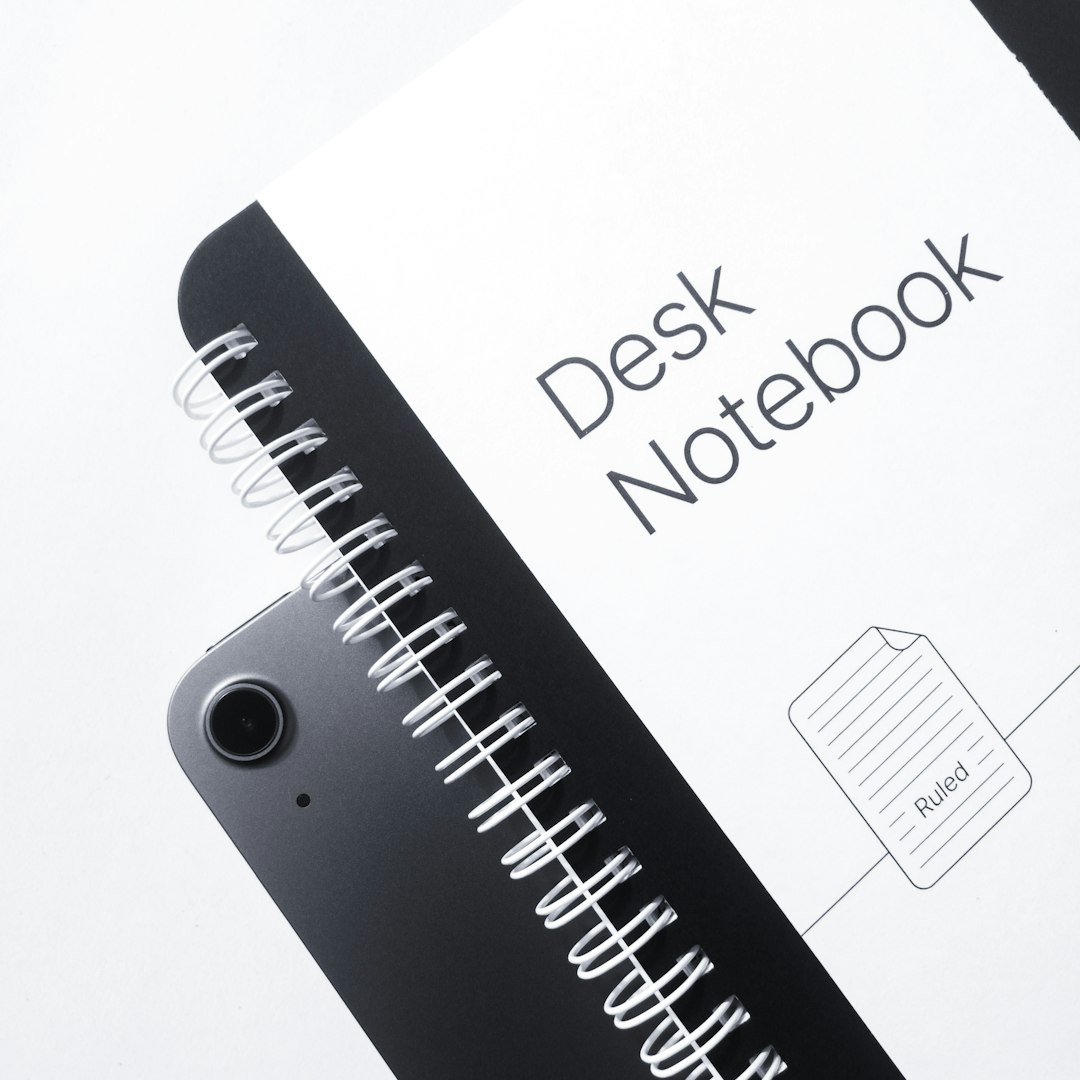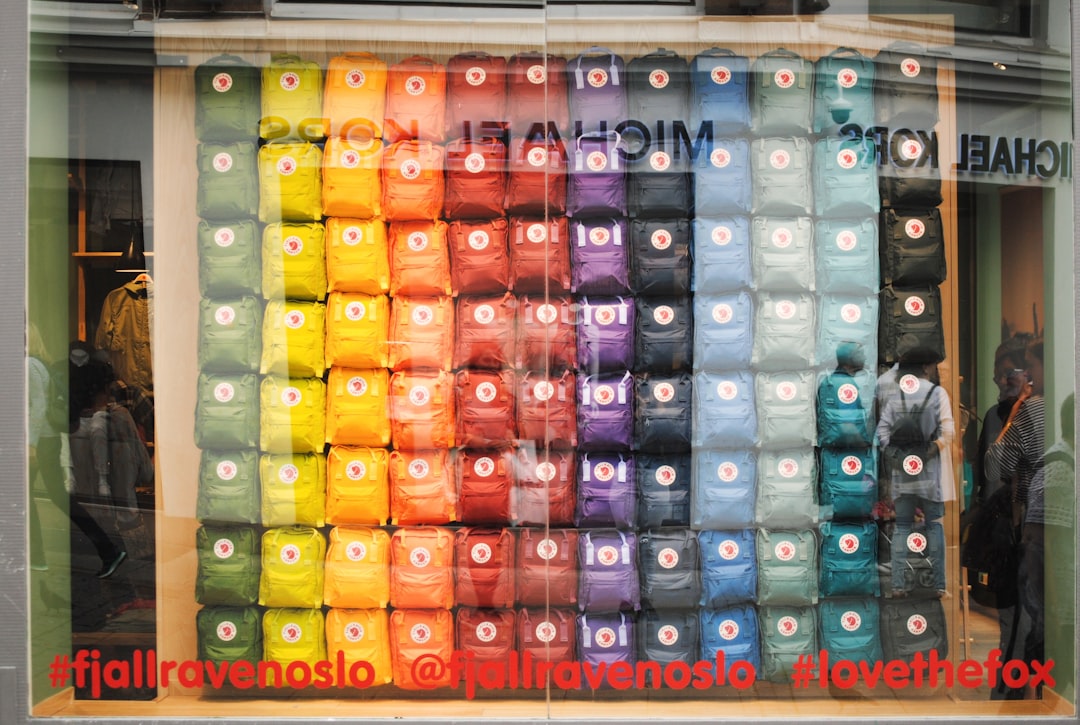Logo design is not just a creative exercise—it is a strategic process grounded in understanding the market, the audience, and the business identity. One of the most critical but often overlooked components of successful logo design is market research. Market research plays a vital role in ensuring a logo not only looks appealing but also resonates with the target audience and accurately represents the brand.
The Connection Between Market Research and Logo Design
Market research informs every element of logo design, from typography and color choices to shapes and symbolism. Without a clear understanding of consumer behavior, industry trends, and competitors, a logo runs the risk of being ineffective—or worse, misleading. Market research provides the data and insights needed to design a logo that aligns with a brand’s strategic goals.

How Market Research Guides Logo Development
The process of developing a brand logo involves more than artistic expression; it entails considering how the logo will be interpreted by the audience within a given market. Below are some of the crucial roles market research plays in this process:
- Understanding the Target Audience: Good logo design starts with knowing who the design is for. Demographics, values, lifestyle, and psychographics of the target audience must be studied. A font or color that appeals to teenagers may be inappropriate for an audience of professionals in the legal sector.
- Identifying Industry Trends: Market research can reveal current trends in logo design within a specific industry. While the goal is not to copy what’s popular, understanding what’s currently resonating with consumers can influence design decisions and reduce the risk of the logo appearing outdated.
- Analyzing Competitors: A competitive analysis evaluates what types of logos are used by rival brands. This helps in crafting a unique identity that will stand out, yet feel appropriate within a given market landscape.
Brand Positioning and Visual Identity
Every brand exists in a specific niche or market segment. Market research identifies this positioning and ensures the logo reflects the right attributes—such as affordability, luxury, reliability, or innovation—that customers associate with the brand. The logo becomes a visual shorthand for the company’s values and mission, and getting this right requires an understanding of how the brand should be perceived.
For instance, a tech startup aiming to evoke innovation might lean toward a minimalist, modern design, using cool colors like blue or green. In contrast, an organic food brand may go for earthy tones and an artisanal look to highlight health and sustainability. These are not arbitrary choices—they’re informed by data gathered through market research.

Testing and Feedback
Once a logo concept is created, market research remains essential for validating the design. Often, businesses will use focus groups or surveys to test multiple versions of a logo with real consumers. This feedback can reveal whether the logo communicates the intended message, generates positive associations, and aids in brand recall.
Global Considerations
In today’s global marketplace, companies often operate across multiple regions and cultures. Market research helps identify cultural sensibilities, symbols, and color associations that vary widely around the world. A color that symbolizes happiness in one culture might represent mourning in another. Ignoring these differences can lead to costly missteps.
The Consequences of Skipping Market Research
Neglecting market research can lead to serious consequences, such as:
- Brand Confusion: Without clarity from research, a logo may fail to distinguish the brand from competitors.
- Poor Audience Reception: A logo that does not align with audience expectations might drive consumers away rather than attract them.
- Rebranding Costs: If the logo misses the mark, the business may need to invest in rebranding, which is expensive and disruptive.
Conclusion
Market research is not optional—it is integral to the logo design process. By understanding the target audience, analyzing competitors, tracking design trends, and testing concepts, businesses can create a logo that not only looks professional but also works effectively in the marketplace. Strategic design rooted in research can give a brand a competitive edge that lasts for years.







